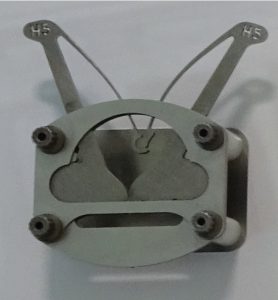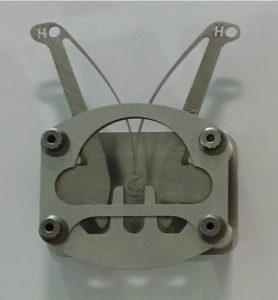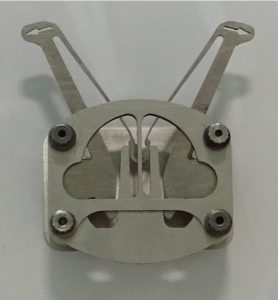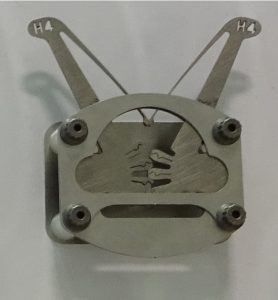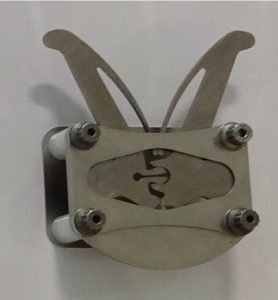
The MetLase Approach

Problem Solving. At MetLase, our world-class engineers, armed with our core technology and technical skill work with you to reach a solution more quickly and more precisely than you may have thought possible. Whether you have problems of time or accuracy, or simply can’t see a way something can be done, we can help.

Speed. The process from design to cutting and assembly can take mere hours, while our innovative and patented techniques ensure that precise, laser-cut tolerances are achieved in the final assembly.

Innovation. Based on solid mechanical engineering principles, our technology allows for novel solutions to problems, both new and old.

Accuracy. The speed and accuracy of our products, repeatable to less than 20 microns, allow for rapid iteration. We develop, validate and

Applications. We haven’t yet found the limits of our technology’s potential, and our experienced team of engineers relishes the chance to match their ingenuity against the most steadfast of sticking points.
Five Steps to Innovation
The greatest advantage of our fast-make cycle is how it facilitates innovation. When it only takes a few minutes to go from CAD to product, a designer can use his creativity to continuously improve the product, moving from “good enough” to “perfect”.
Here is an illustration: we needed to accurately centralise a pigtail fuel-rail support-bracket prior to bending with a press-brake. A jig was constructed using titanium springs and a steel frame. In fact the first 4 samples were originally discarded, and then retrieved to tell this story.
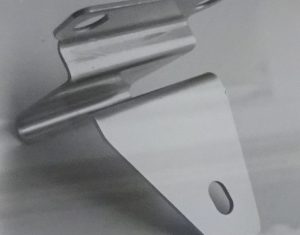
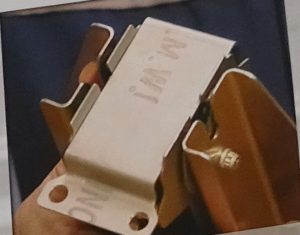
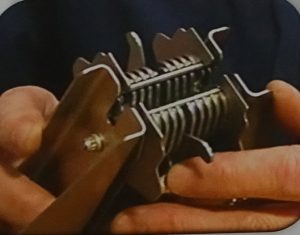
The 5 stages below show the sequence of design iterations that typifies the MetLase process; development time from initial concept to final design can be achieved in a number of hours.
